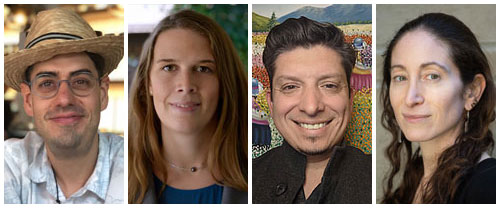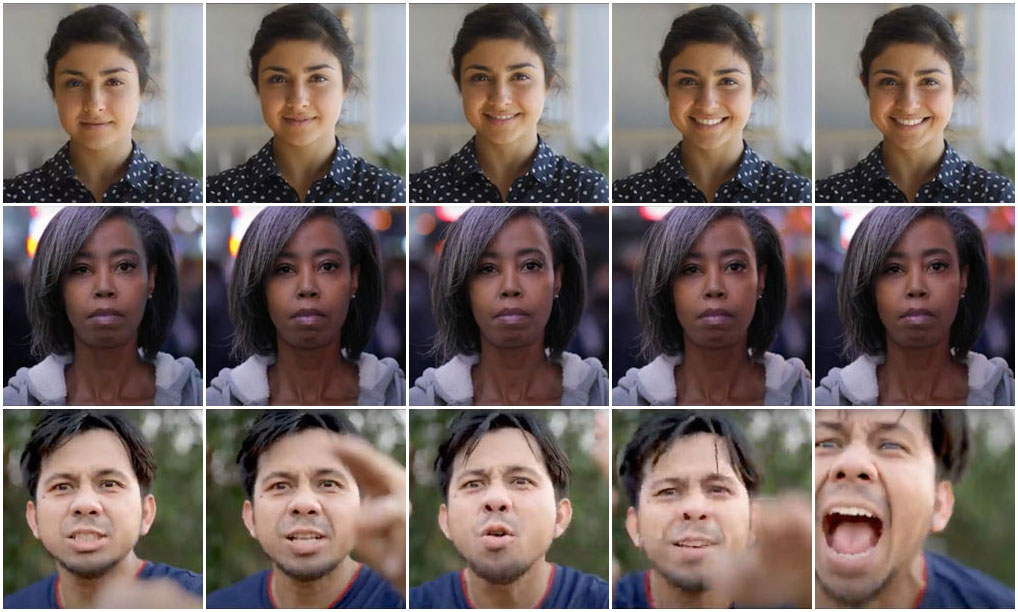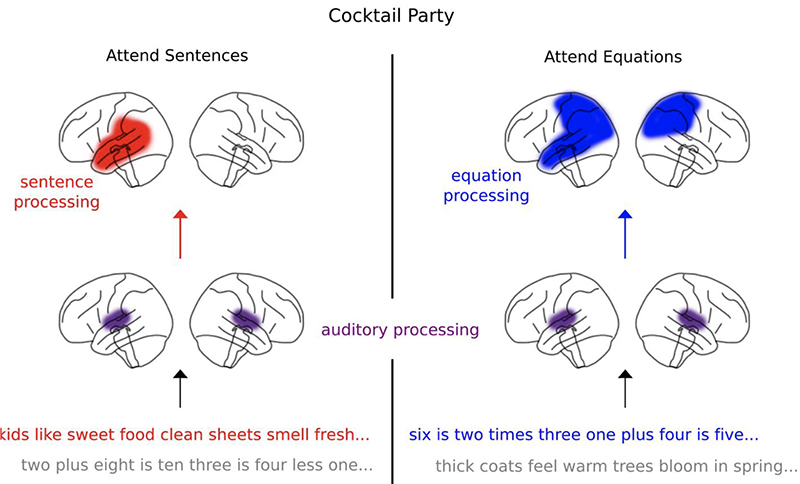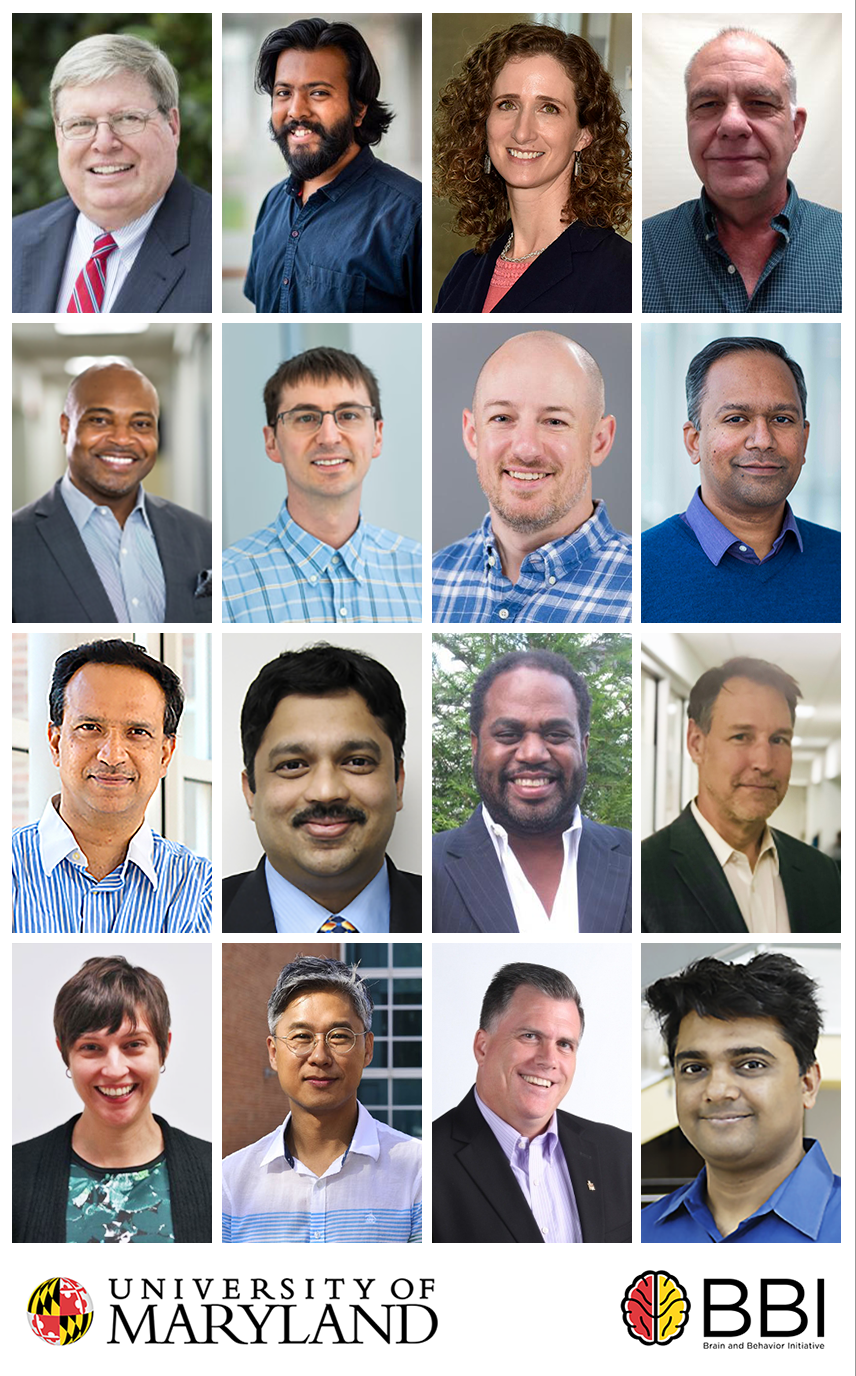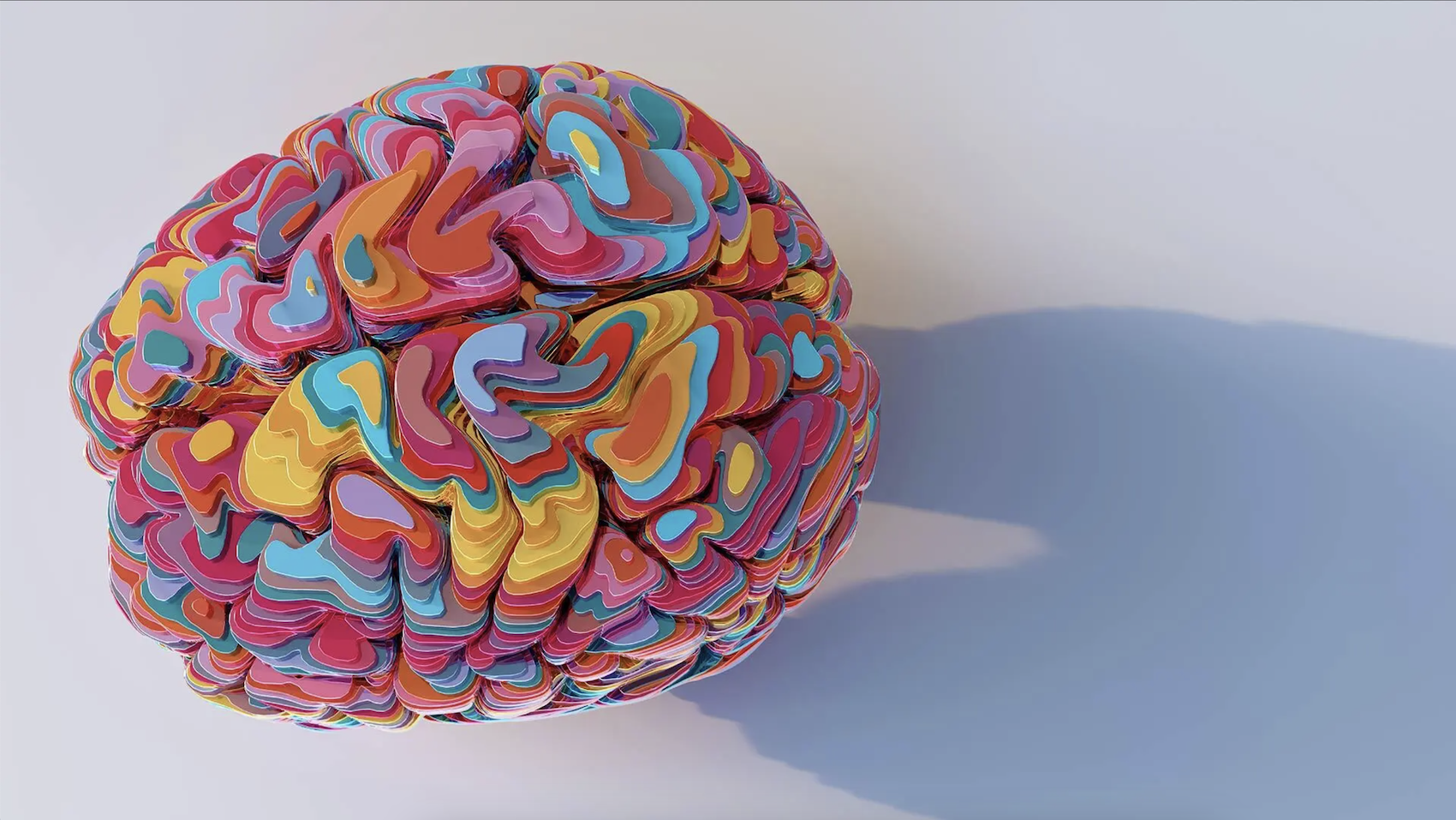News Story
Never Fear, the Maryland Threat Countdown is Here

An example of portions of the Maryland Threat Countdown’s visual elements
Anxiety is the most common family of mental illnesses in the United States, afflicting 1 in 5 Americans at least once in their lifetime. The on-going coronavirus pandemic has only exacerbated this problem, with the CDC estimating that nearly 1 in 3 U.S. adults experienced clinically significant anxiety symptoms in the final weeks of August 2020, including a staggering 41% of people aged 18-29. Despite the scale of this problem, however, the basic neuroscience of anxiety is still misunderstood, according to a new UMD study to be published in the Journal of Neuroscience next month.
In the report, an international team of researchers led by Dr. Alex Shackman, a professor at UMD, and Dr. Juyoen Hur, a professor at Yonsei University (Seoul, South Korea), provide new evidence that fear and anxiety reflect overlapping brain circuits. The findings run counter to popular scientific accounts, highlighting the need for a major theoretical reckoning.
“The conceptual distinction between ‘fear’ and ‘anxiety’ dates back to the time of Freud, if not the Greek philosophers of antiquity,” said Shackman, Associate Professor in the Department of Psychology, core faculty member of the Neuroscience and Cognitive Science Program, and 2018 recipient of a seed grant award from UMD’s Brain and Behavior Initiative, “In recent years, brain imagers and clinicians have extended this distinction, arguing that fear and anxiety are orchestrated by distinct neural networks. Our study adds to a rapidly growing body of new evidence suggesting that it just ain’t so. If anything, fear and anxiety seem to be constructed in the brain using a massively overlapping set of neural building blocks.”
Prevailing scientific theory holds that fear and anxiety are distinct, with different triggers and strictly segregated brain circuits. Fear—a fleeting reaction to certain danger—is thought to be controlled by the Amygdala, a small almond-shaped region buried beneath the wrinkled convolutions of the cerebral cortex. By contrast, anxiety—a persistent state of heightened apprehension and arousal elicited when threat is uncertain—is thought to be orchestrated by the neighboring bed nucleus of the stria terminalis (BNST). But new evidence from Shackman and his colleagues suggests that these two brain regions are equally sensitive to the two kinds of threat.
Leveraging cutting-edge neuroimaging techniques available at the Maryland Neuroimaging Center, the research team used fMRI to quantify neural activity while participants anticipated receiving a painful shock paired with an unpleasant image and sound—a new task that the researchers dubbed the Maryland Threat Countdown. The timing of this “threat” was signaled either by a conventional countdown timer—i.e. “3, 2, 1…”—or by a random string of numbers—e.g. “16, 21, 8…” In both conditions, whether predictable in timing or not, threat anticipation recruited a remarkably similar network of brain regions, including the Amygdala and the BNST. Across a range of head-to-head comparisons, the two showed statistically indistinguishable responses.

The team examined the neural circuits engaged while waiting for certain and uncertain threat (i.e. “fear” and “anxiety”). Results demonstrated that both kinds of threat anticipation recruited a common network of core brain regions, including the Amygdala and BNST (depicted in red in the left column and bottom row). Magenta rings provide magnified views of the core BNST and Amygdala regions.
These observations raise important questions for the Research Domain Criteria (RDoC) framework that currently guides the U.S. National Institute of Mental Health’s quest to discover the brain circuitry underlying anxiety disorders, depression, and other common mental illnesses. “As it is currently written, RDoC embodies the idea that certain and uncertain threat are processed by circuits centered on the Amygdala and BNST, respectively. It’s very black-and-white thinking” Shackman noted, going on to emphasize that RDoC’s “strict-segregation” model is based on data collected at the turn of the century: “It’s time to update the RDoC so that it reflects the actual state of the science. It’s not just our study; in fact, a whole slew of mechanistic studies in rodents and monkeys, and new meta-analyses of the published human imaging literature are all coalescing around the same fundamental scientific lesson: certain and uncertain threat are processed by a shared network of brain regions, a common core.”
As the crown jewel of NIMH’s strategic plan for psychiatric research in the U.S., the RDoC framework influences a wide range of biomedical stakeholders, from researchers and drug companies to private philanthropic foundations and foreign funding agencies. Shackman noted that the RDoC has an outsized impact on how fear and anxiety research is designed, interpreted, peer reviewed, and funded here in the U.S. and abroad.
“Anxiety disorders impose a substantial and growing burden on global public health and the economy,” Shackman said, “While we have made tremendous scientific progress, existing treatments are far from curative for many patients. Our hope is that research like this study can help set the stage for better models of emotion and, ultimately, hasten the development of more effective intervention strategies for the many millions of children and adults around the world who struggle with debilitating anxiety and depression.”
- This work was supported by the National Institute of Mental Health and University of Maryland, College Park.
- The team included investigators and trainees from a number of institutions: Dr. Juyoen Hur (Yonsei University), Allegra S. Anderson (Vanderbilt University), Jinyi Kuang (University of Pennsylvania), Dr. Manuel Kuhn (Harvard Medical School), Dr. Andrew S. Fox (University of California, Davis), Dr. Jason F. Smith (University of Maryland), Rachael M. Tillman (University of Maryland), Hyung Cho Kim (University of Maryland), Kathryn A. DeYoung (University of Maryland), Dr. Alexander J. Shackman (University of Maryland)
- Additional coverage can be found at The Scientist.
Author: Nathaniel Underland, underlan@umd.edu
Published September 21, 2020
